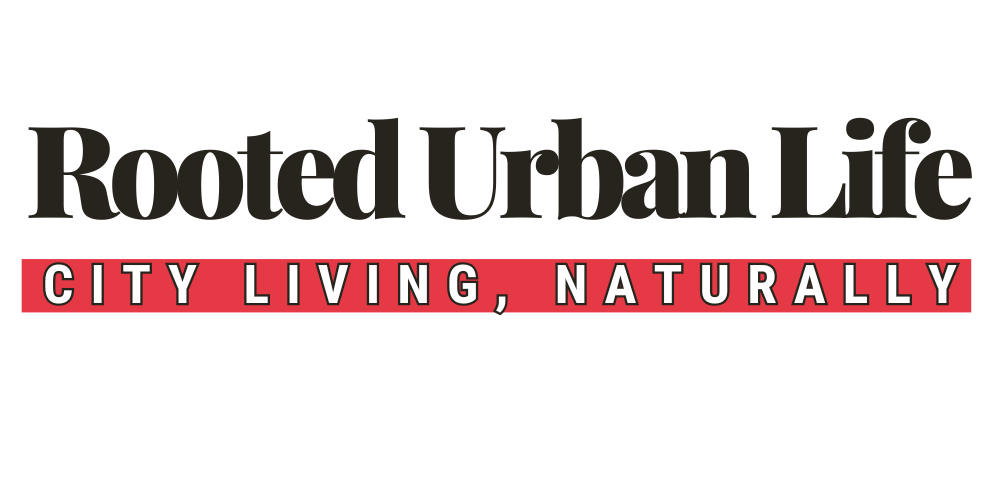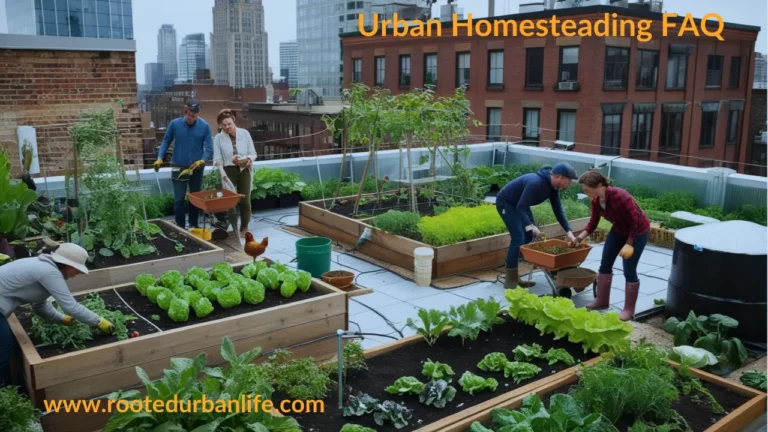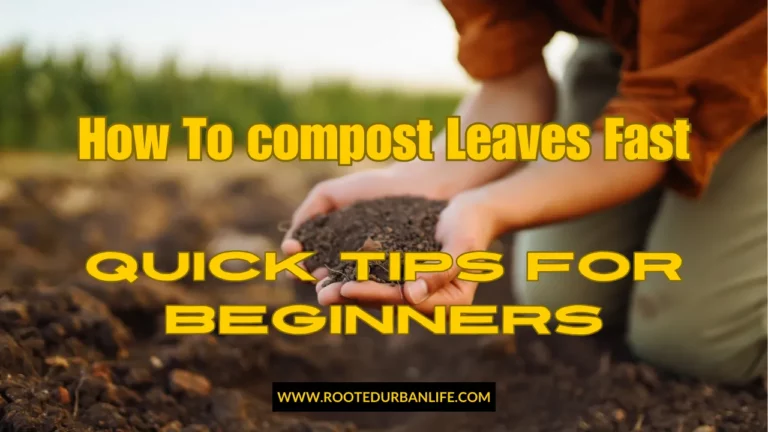Beyond Frost Dates: Creating a Personalized Planting Calendar Based on Soil Temperature
Transform your gardening success by understanding what’s happening beneath the surface
Challenge: Understanding the Limitations of Frost Dates
Every gardener has been there: you’ve diligently waited until after the last frost date, planted your precious seedlings, and then watched helplessly as they struggle to thrive—or worse, fail altogether. The problem isn’t your green thumb; it’s that frost dates are merely statistical averages that tell only part of the story.
Frost dates are like using a compass without a map. They point you in a general direction but miss the crucial details of the terrain. They can’t account for your garden’s unique microclimate, the varying needs of different plants, or the increasingly unpredictable weather patterns we’re experiencing.
What you’ll learn in this guide:
- Why soil temperature is the secret key to successful planting
- How to measure and track your garden’s unique temperature profile
- Steps to create a personalized planting calendar that outperforms generic guides
- Techniques to extend your growing season by managing soil temperature
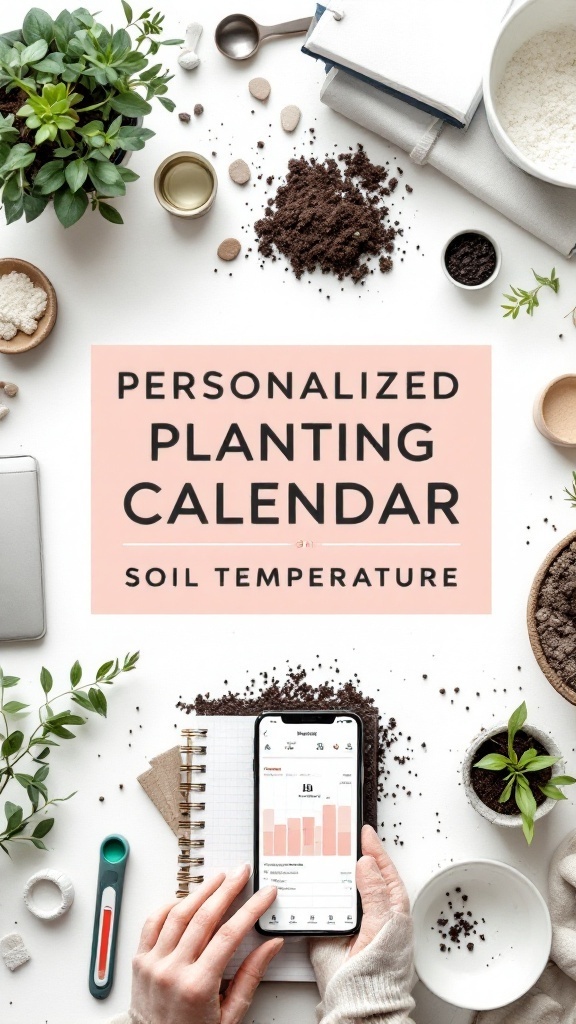
Discover Your Garden Personality
Have you ever wondered why certain gardening approaches resonate with you while others feel like an uphill battle? Just as plants have their preferred growing conditions, gardeners have natural tendencies that influence how we interact with our gardens.
Some of us meticulously track every temperature fluctuation, while others rely on intuition developed through seasons of hands-in-soil experience. Neither approach is inherently better—they’re simply different paths to the same destination: a thriving garden that brings joy and abundance.
Take this quick quiz to discover your unique gardening personality. Understanding your natural tendencies can help you leverage your strengths while identifying areas where complementary approaches might enhance your gardening journey. Plus, it’s a fun way to celebrate what makes your gardening style uniquely yours!
Why Soil Temperature Matters More Than Air Temperature
| Disclosure: If you shop from my article or make a purchase through one of my links, I may receive commissions on some of the products I recommend at no additional cost to you. |
Picture this: the air temperature has been warm for days, but you dig down just two inches and find the soil still cold enough to chill your fingers. This disconnect between air and soil temperature is why many early plantings fail.
Plants establish themselves through root development, not leaf growth. Seeds germinate and roots grow only when soil reaches specific temperature thresholds—regardless of how warm the air feels. While the atmosphere can warm quickly, soil warms slowly and unevenly, creating a significant lag that traditional planting calendars ignore.
Consider these critical soil temperature thresholds:
- Below 40°F: Most seeds remain dormant
- 40-65°F: Cool-season crops thrive (lettuce, spinach, peas)
- 65-85°F: Warm-season crops develop properly (tomatoes, peppers, cucumbers)
- Above 85°F: Many plants experience heat stress at the root level
Pro Tip: Soil that's too cold doesn't just slow growth—it fundamentally changes how plants develop. Cold soil can cause stunted root systems that never fully recover, even when temperatures eventually warm.
Essential Tools for Monitoring Soil Temperatur
To create your temperature-based planting calendar, you'll need:
- Soil thermometer (digital preferred for accuracy)
- Garden journal or digital tracking app
- Garden map for noting microclimate variations
- Temperature recording sheet
My personal experience led me to invest in a good digital soil thermometer after wasting two seasons with an unreliable analog model. The accuracy difference was dramatic—what I thought was 65°F soil was actually hovering around 55°F, explaining why my tomatoes had been struggling for years.
Creating Your Temperature Baseline: Getting Started
Challenge: How do you establish a reliable baseline for your unique garden conditions?
Begin by taking consistent measurements before you're ready to plant. Here's how:
- Choose consistent measurement times - Morning readings (around 9 AM) provide the most reliable data
- Select multiple measurement locations - Identify 3-5 spots that represent different areas of your garden
- Establish consistent depth - Take readings at both 2" and 4" depths
- Record daily for two weeks before your region's last frost date
- Note weather conditions alongside temperature readings
- Calculate rolling averages rather than reacting to daily fluctuations
The goal is to understand your soil's warming patterns rather than focusing on specific numbers. Pay special attention to how quickly your soil warms after rain or cold snaps—this recovery rate is crucial information for timing your plantings.
Mapping Your Garden's Microclimates
Your garden isn't a uniform environment—it's a patchwork of microclimates that can vary dramatically in soil temperature. Creating a temperature map reveals these variations and transforms how you plan your plantings.
To map your garden's temperature profile:
- Divide your garden into logical sections (raised beds, front/back areas, etc.)
- Take soil temperature readings in each section at the same time of day
- Note physical characteristics that influence temperature:
- Proximity to structures that absorb/reflect heat
- Shade patterns throughout the day
- Soil composition and drainage
- Wind exposure
- Create a simple color-coded map showing temperature zones
- Update your map monthly to track seasonal changes
Troubleshooting Temperature Irregularities:
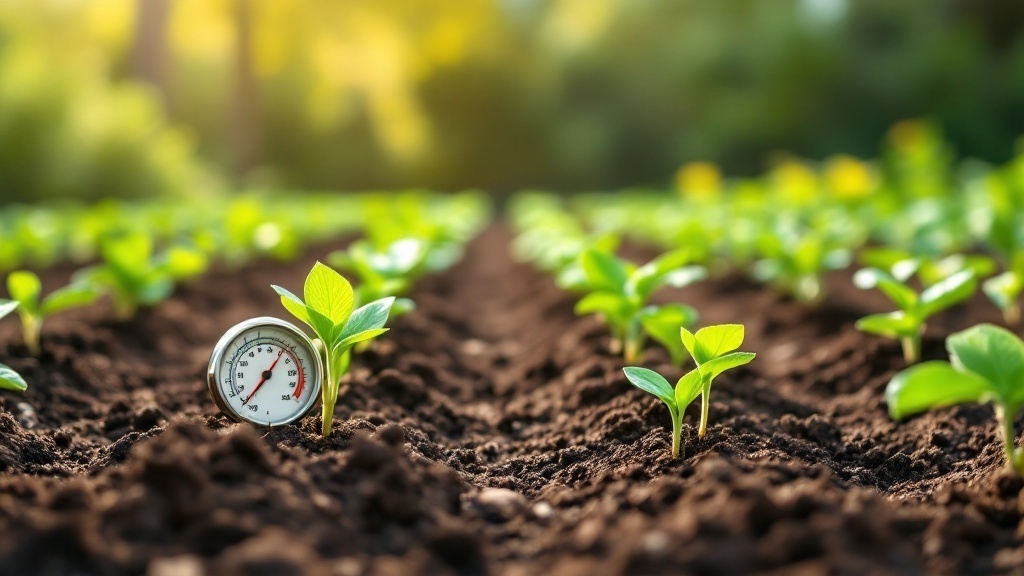
Understanding Optimal Soil Temperatures for Different Plants
Plants have evolved specific soil temperature preferences for germination and growth. Working with these preferences rather than against them is the key to successful planting.
Cool-Season Crops (40-65°F)
- Minimal: 40°F - Spinach, kale, peas
- Optimal: 45-55°F - Lettuce, carrots, broccoli, cabbage
- Upper Range: 55-65°F - Beets, Swiss chard, potatoes
Warm-Season Crops (65-85°F)
- Minimal: 65°F - Beans, cucumbers
- Optimal: 70-80°F - Tomatoes, peppers, eggplant
- Heat Lovers: 75-85°F - Melons, okra, sweet potatoes
Pro Tip: The difference between "can grow" and "thrives" is about 5-10°F. Seeds might germinate at minimum temperatures, but plants develop stronger, more disease-resistant root systems when soil is in their optimal range.
Building Your Custom Calendar: Step-by-Step
Now comes the transformative part—creating a planting calendar based on your garden's actual soil temperature patterns rather than arbitrary dates.
- Review your baseline data to understand how your soil typically warms
- Overlay historical weather patterns for your area (easily found online)
- Create a spreadsheet or use an interactive tool with columns for:
- Plant varieties you intend to grow
- Their optimal soil temperature ranges
- Your garden zones where they'll be planted
- Project temperature trends based on your baseline data
- Mark "temperature windows" when each garden zone should reach optimal ranges
- Add buffer periods for temperature regression after cold fronts
- Schedule indoor seed starting based on these projections
- Include succession planting opportunities as temperatures change seasonally
Adjusting for Weather Patterns and Climate Change
Traditional planting advice assumes climate stability that no longer exists. Your temperature-based calendar must incorporate flexibility to address increasingly volatile weather.
Create resilience in your planning by:
- Tracking year-over-year changes in your soil warming patterns
- Building in contingency plans for temperature swings
- Developing "trigger points" rather than fixed dates
- Maintaining some quick-growing backup seedlings for unexpected losses
- Creating temperature shelters (cloches, row covers) for protection during unpredictable cold snaps
Extending Your Growing Season with Soil Temperature Management
Once you understand soil temperature's role, you can actively manipulate it to extend your growing season at both ends.
Early Season Warming Techniques:
- Dark mulch or plastic can raise soil temperature by 5-8°F
- Raised beds warm faster than ground-level soil
- Hoop houses and cold frames create microenvironments with warmer soil
- Water-filled containers near plants store daytime heat and release it overnight
Late Season Temperature Maintenance:
- Thick organic mulch insulates soil from falling air temperatures
- Season extension covers trap daytime heat in soil
- Strategic companion planting creates protective microclimates
- Thermal mass (rocks, water barrels) near plants moderates temperature swings
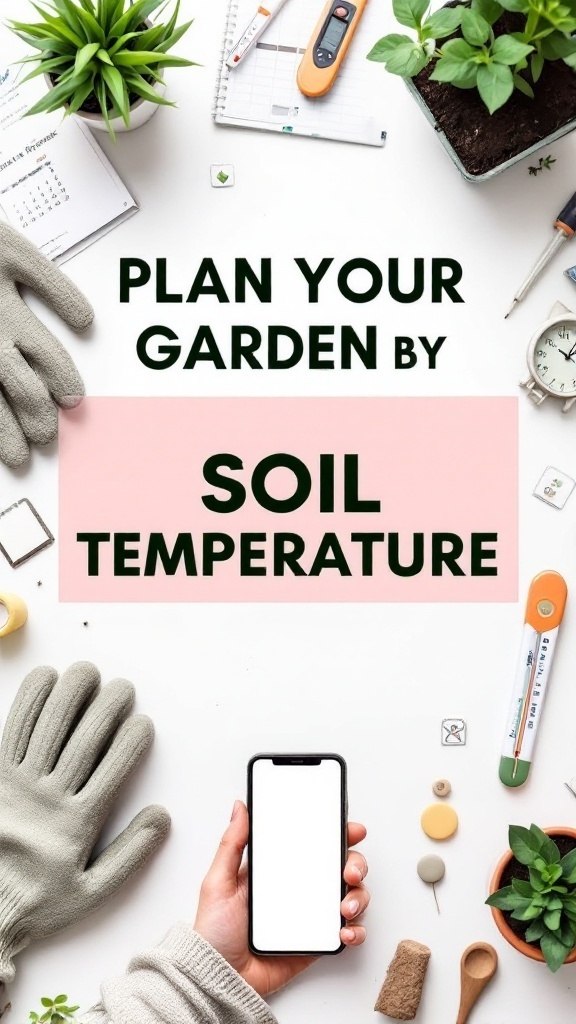
Troubleshooting Temperature Irregularities
Even with careful monitoring, you'll encounter soil temperature challenges. Here's how to address common issues:
Digital Tools and Apps for Temperature Tracking
While a simple thermometer and notebook work perfectly, technology can enhance your soil temperature tracking:
- Garden tracking apps like Planter or Gardroid now include soil temperature logging
- Weather stations with soil probes provide continuous monitoring
- Predictive services can alert you to optimal planting windows
- Community science platforms allow you to compare your data with nearby gardeners
Pro Tip: Technology is helpful, but don't let it replace physical observation. The best gardeners combine digital data with hands-in-the-dirt experience.
Combining Soil Temperature Data with Other Growing Factors
Soil temperature is foundational but works best when integrated with other key growing factors:
- Soil moisture levels - Temperature and moisture work together; cold, wet soil is particularly problematic
- Day length - Some plants respond more to light duration than temperature
- Air temperature trends - Look for stabilizing patterns in overnight lows
- Soil composition - Sandy soils warm faster but also lose heat quickly
- Crop-specific requirements - Some plants have temperature needs that change throughout their growth cycle
Create a holistic view by tracking these factors alongside temperature in your garden journal.
Season-by-Season Planning Guide
Spring Strategy:
- Begin measuring soil temperature 3-4 weeks before traditional planting time
- Focus on areas that warm first for earliest plantings
- Use succession planting across temperature zones
- Be patient with heat-loving crops—waiting for proper soil temperature pays dividends
Summer Adjustments:
- Monitor for excessive heat in root zones
- Use cooling mulches when temperatures exceed plant preferences
- Consider shade cloth for temperature management
- Plant fall crops when soil temperatures begin moderating
Fall Extensions:
- Track soil temperature to predict first frost impact
- Use season extension techniques to maintain soil warmth
- Plant cold-hardy crops when soil temperature begins dropping from summer peaks
- Record temperature patterns to improve next year's planning
Winter Preparation:
- Apply winter mulch based on soil temperature readings, not calendar date
- Consider winter growing in protected areas that maintain adequate soil temperature
- Use winter to analyze your year's temperature data and refine next season's calendar
FAQ: Common Questions About Soil Temperature Planting
Q: How deep should I measure soil temperature?
A: For seeds and transplants, measure at 2-4 inches deep. This is the critical root zone for establishment.
Q: How often should I take readings?
A: Daily readings are ideal during transition seasons. Once established, 2-3 times weekly provides sufficient data.
Q: Can I use air temperature forecasts to predict soil temperature?
A: With limited accuracy. Soil typically lags 3-5 days behind air temperature trends, but this varies based on soil type, moisture, and sun exposure.
Q: What's the single most important soil temperature to know?
A: The minimum temperature for your plant's healthy root development. Below this threshold, plants may survive but will likely underperform throughout their growing cycle.
Q: Is soil temperature more important for seeds or transplants?
A: Both are critical. Seeds need specific temperatures to trigger germination, while transplants need appropriate temperatures to establish new roots.
Next Steps
- Online Tools: Regional Soil Temperature Map provides baseline data for comparison
- Supercharge Your Indoor Seed Starting: Innovative Alternatives to Traditional Soil
- Solving Beginner Balcony Gardening Challenges: Setting Up For Success
- Discover the Easiest Way to Grow Your Own Herbs Without a Backyard!
Moving beyond frost dates to soil temperature-based planting isn't just about avoiding plant loss—it's about optimizing your entire garden system. By understanding what's happening beneath the surface, you'll make more informed decisions, waste fewer resources, and cultivate a deeper connection to your garden's unique conditions.
Remember that your first season of temperature tracking provides the baseline. Each subsequent year adds layers of understanding as you correlate soil conditions with plant performance.
Today's Action Step: Place your soil thermometer in the ground and take your first reading. Note it in your garden journal or our interactive tracker. This simple act is your first step toward a more successful, science-based approach to gardening that works with nature's actual patterns rather than arbitrary calendar dates.
What's your garden's soil temperature today? Share in the comments below, and let's compare notes on how we're all using this vital information to become better gardeners!

